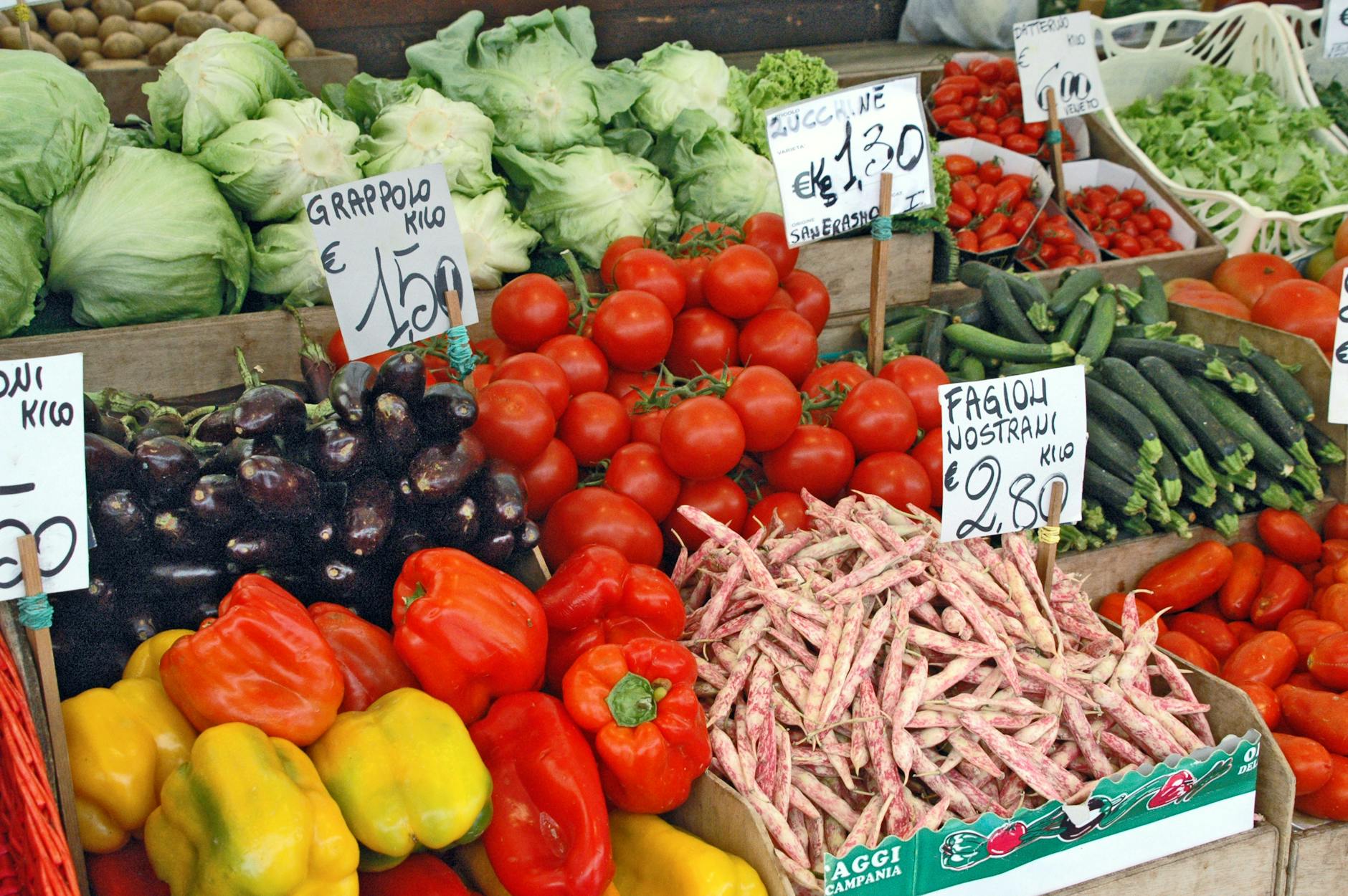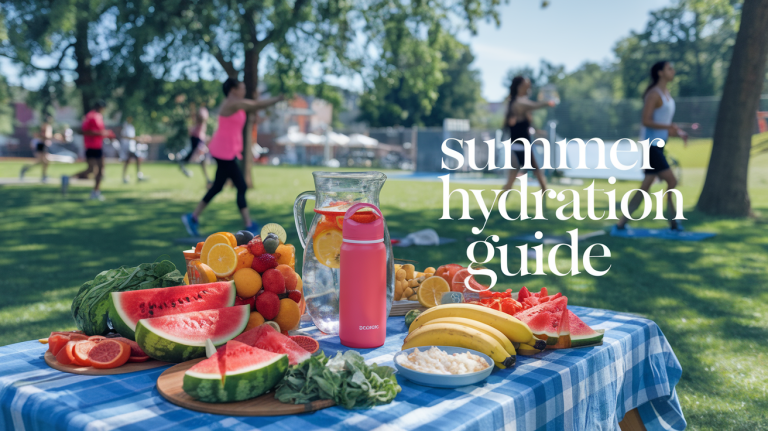Decoding Food Labels: Spotting Hidden Sugars and Fake ‘Healthy’ Claims
Are you tired of feeling deceived by food labels that promise health benefits but hide harmful ingredients? 🤔 In a world where processed foods dominate our supermarket shelves, decoding food labels has become an essential skill for maintaining a healthy diet. But with confusing terminology and clever marketing tactics, it’s easy to fall prey to hidden sugars and fake ‘healthy’ claims.
Imagine picking up a product labeled “low-fat” or “all-natural,” only to discover it’s loaded with added sugars and artificial ingredients. 😕 This frustrating scenario is all too common, leaving consumers feeling overwhelmed and unsure about their food choices. But fear not! By learning to spot hidden sugars and recognize misleading health claims, you can take control of your nutrition and make informed decisions about the foods you consume.
In this blog post, we’ll dive deep into the world of food labeling, unraveling the mysteries behind ingredient lists and nutritional information. We’ll explore how to identify sneaky sugar sources, navigate marketing ploys, and ultimately empower you to make healthier choices for yourself and your family. Get ready to become a food label detective and take charge of your health! 💪🍎
Understanding Food Labels

Key components of a nutrition label
A nutrition label contains essential information about the nutritional content of a food product. The key components typically include:
- Serving size
- Calories
- Macronutrients (carbohydrates, proteins, and fats)
- Micronutrients (vitamins and minerals)
- % Daily Value
Understanding these components is crucial for making informed food choices and maintaining a balanced diet.
Serving sizes and their importance
Serving sizes play a vital role in interpreting nutrition information accurately. They represent the amount of food typically consumed in one sitting. It’s essential to pay attention to serving sizes because:
- They form the basis for all other nutritional information on the label
- Actual consumption may differ from the listed serving size
- Multiple servings per container can lead to unintended overconsumption
| Aspect | Importance |
|---|---|
| Portion control | Helps manage calorie intake |
| Nutrient comparison | Allows for accurate comparison between products |
| Realistic expectations | Reflects typical consumption patterns |
Daily value percentages explained
The % Daily Value (%DV) indicates how much a nutrient in a serving contributes to a daily diet, based on a 2,000-calorie reference. This information helps consumers:
- Quickly assess if a food is high or low in a particular nutrient
- Compare different products’ nutritional profiles
- Balance their overall daily nutrient intake
Ingredient list decoding
The ingredient list provides crucial information about the food’s composition:
- Ingredients are listed in descending order by weight
- Allergens are typically highlighted or listed separately
- Chemical names may indicate artificial additives or preservatives
Understanding this list helps consumers identify hidden sugars, unhealthy fats, and potentially harmful additives. It’s particularly useful for those with dietary restrictions or health concerns.
Identifying Hidden Sugars

A. Common names for sugar on labels
When decoding food labels, it’s crucial to recognize the various names used for sugar. Manufacturers often use different terms to disguise sugar content. Here’s a list of common sugar aliases to watch out for:
- Sucrose
- High fructose corn syrup
- Dextrose
- Maltose
- Barley malt
- Rice syrup
- Agave nectar
B. Natural vs. added sugars
Understanding the difference between natural and added sugars is essential for making informed food choices:
| Natural Sugars | Added Sugars |
|---|---|
| Found naturally in foods | Added during processing |
| Generally accompanied by fiber and nutrients | Often lack nutritional value |
| Examples: fruits, milk | Examples: soda, candy |
C. Calculating total sugar content
To determine the total sugar content in a product:
- Check the “Total Sugars” line on the nutrition facts label
- Look for “Added Sugars” listed separately
- Add these two numbers for the total sugar content
- Consider serving size when comparing products
D. Impact of hidden sugars on health
Excessive sugar consumption can lead to various health issues:
- Weight gain
- Increased risk of type 2 diabetes
- Tooth decay
- Inflammation
- Energy crashes
E. Low-sugar alternatives
Opt for these healthier alternatives to reduce sugar intake:
- Fresh fruits instead of canned fruits in syrup
- Plain yogurt with fresh berries instead of flavored yogurts
- Unsweetened beverages like water or herbal tea
- Whole grain cereals without added sugars
By being aware of hidden sugars and choosing low-sugar alternatives, you can significantly improve your diet and overall health. Next, we’ll explore how to recognize misleading health claims on food packaging.
Recognizing Misleading Health Claims

“Natural” and “organic” labels
Many consumers are drawn to products labeled as “natural” or “organic,” believing they are making healthier choices. However, these terms can be misleading:
- “Natural”: This term is largely unregulated and can mean different things for different products.
- “Organic”: While more strictly regulated, organic doesn’t always mean healthier.
| Label | Regulation | Meaning |
|---|---|---|
| Natural | Minimal | No artificial ingredients or added colors |
| Organic | Strict | Produced without synthetic pesticides or fertilizers |
Low-fat and fat-free products
Low-fat and fat-free labels often mask other nutritional concerns:
- Sugar content: Many low-fat products compensate for flavor loss by adding extra sugar.
- Calorie count: Fat-free doesn’t necessarily mean lower in calories.
Whole grain claims
Whole grain products can be nutritious, but claims require scrutiny:
- “Made with whole grains”: May contain only a small amount of whole grains.
- “Multigrain”: Simply means multiple grains, not necessarily whole grains.
Fortified foods
Fortification involves adding nutrients to foods:
- Benefits: Can help address nutrient deficiencies in populations.
- Drawbacks: May lead to overconsumption of certain nutrients.
Key points to remember:
- Read ingredient lists carefully
- Check serving sizes and nutrient content
- Be wary of exaggerated health claims
With this knowledge, you’ll be better equipped to navigate the next challenge: marketing tactics used by food companies.
Navigating Marketing Tactics

Front-of-package labeling tricks
Front-of-package labels are designed to catch your eye and influence your purchasing decisions. Manufacturers use various tactics to make their products appear healthier or more appealing:
- “Natural” or “All-natural” claims
- Highlighting specific nutrients while downplaying others
- Using health-related imagery (e.g., fruits, vegetables)
- Emphasizing “free-from” claims (e.g., gluten-free, sugar-free)
| Tactic | Example | Reality |
|---|---|---|
| Natural claim | “100% Natural” juice | May contain added sugars or preservatives |
| Nutrient highlight | “High in Fiber” cereal | Could be high in sugar or artificial ingredients |
| Health imagery | Fruit pictures on candy | Contains little to no real fruit |
| Free-from claim | “Fat-free” cookies | Often higher in sugar to compensate for taste |
Health halo effect
The health halo effect occurs when consumers perceive a food as healthier based on a single positive attribute. This can lead to overconsumption or poor nutritional choices. Common examples include:
- Organic cookies perceived as healthier than regular cookies
- Smoothies marketed as “all-natural” but high in calories
- Granola bars labeled as “low-fat” but packed with added sugars
Portion distortion
Manufacturers often manipulate serving sizes to make their products appear healthier or lower in calories. Be aware of:
- Unrealistically small serving sizes
- “Per serving” nutritional information that doesn’t reflect typical consumption
- Packaging that encourages overconsumption (e.g., “family size” bags)
Celebrity endorsements and packaging design
Celebrity endorsements and attractive packaging can create positive associations with products, regardless of their nutritional value. Look out for:
- Athlete-endorsed sugary drinks or snacks
- Cartoon characters on children’s cereals
- Sleek, minimalist designs implying “clean” or healthy products
Now that we’ve explored these marketing tactics, let’s move on to making informed food choices based on the information we’ve learned.
Making Informed Food Choices
A. Prioritizing whole foods
When making informed food choices, prioritizing whole foods is crucial. Whole foods are minimally processed and free from added sugars, preservatives, and artificial ingredients. They include:
- Fresh fruits and vegetables
- Whole grains (e.g., brown rice, quinoa)
- Lean proteins (e.g., fish, chicken, legumes)
- Nuts and seeds
- Healthy fats (e.g., avocado, olive oil)
By focusing on these nutrient-dense options, you can naturally avoid many of the hidden sugars and misleading health claims found in processed foods.
B. Reading labels effectively
To read labels effectively, follow these key steps:
- Check the serving size
- Examine the ingredients list
- Look for added sugars
- Assess the nutrient content
| Nutrient | Daily Value (DV) | What to Look For |
|---|---|---|
| Sugar | No set DV | Less than 10g per serving |
| Fiber | 25g | At least 3g per serving |
| Sodium | 2,300mg | Less than 140mg per serving |
| Protein | 50g | At least 5g per serving |
C. Comparing similar products
When comparing similar products, focus on:
- Ingredient lists: Choose products with fewer, recognizable ingredients
- Nutrient profiles: Compare key nutrients like sugar, fiber, and protein
- Serving sizes: Ensure you’re comparing equal amounts
- Price: Consider the nutritional value per dollar spent
D. Creating a balanced diet
A balanced diet should include:
- 50% fruits and vegetables
- 25% whole grains
- 25% lean proteins and healthy fats
By prioritizing whole foods, reading labels effectively, comparing products, and creating a balanced diet, you can make informed food choices that support your health and well-being. Remember, the key is to be mindful of what you’re consuming and to make choices that align with your nutritional goals.

Reading food labels is a crucial skill for anyone looking to make healthier dietary choices. By understanding how to decode these labels, you can identify hidden sugars, recognize misleading health claims, and navigate through clever marketing tactics. This knowledge empowers you to make informed decisions about the foods you consume, ultimately leading to better overall health and well-being.
Remember, the key to successful label reading is to be vigilant and proactive. Take the time to scrutinize ingredient lists, understand nutritional information, and question bold health claims. By doing so, you’ll be better equipped to choose foods that truly align with your health goals and dietary needs. Make it a habit to read labels before purchasing, and you’ll find yourself making smarter, healthier choices in no time.







